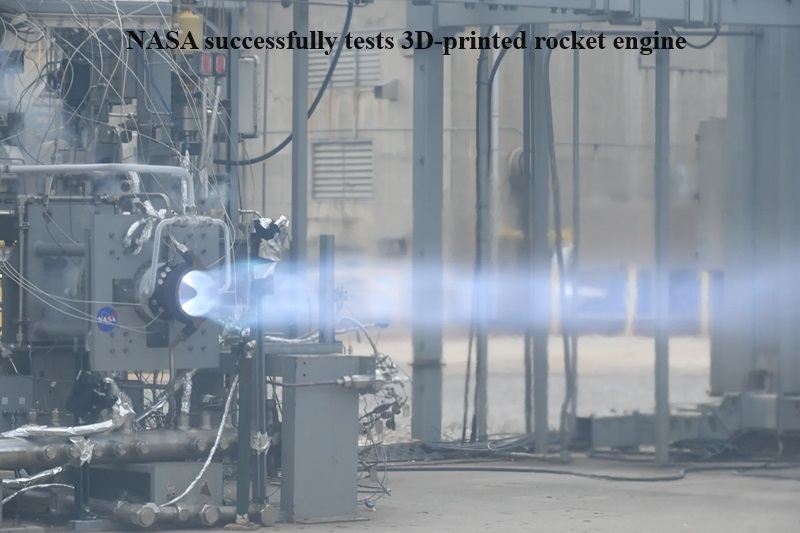
NASA, often perceived as an agency focused on capturing images of distant galaxies, is actively engaged in the development and testing of advanced engines and space vehicles. A recent success in this endeavor is the testing of a 3D-printed engine known as the Rotating Detonation Rocket Engine (RDRE), conducted on December 20 at NASA’s Marshall Space Flight Center in Huntsville, Alabama.
During the fall of 2023, NASA conducted a significant test of the RDRE, referred to as a ‘hot fire test,’ lasting 251 seconds. The engine exhibited impressive performance, generating over 5800 pounds of thrust. This sustained rocket burn is comparable to what would be required for various applications, such as the touchdown of a lander or a deep-space burn essential for sending a rocket from the Moon to Mars, as explained by Thomas Teasley, the head of RDRE test efforts at the center and a combustion devices engineer.
Teasley emphasized the significance of the RDRE, describing it as a “huge leap in design efficiency” with the potential to revolutionize propulsion systems. The successful test indicates progress towards developing lightweight propulsion systems capable of transporting more mass and payload deeper into space—a crucial aspect of NASA’s overarching vision for lunar and Martian exploration.
The RDRE’s initial hot fire test took place in the summer of 2022, involving collaboration between NASA, In Space LLC, and Purdue University. This earlier test produced more than 4000 pounds of thrust for nearly a minute, demonstrating the engine’s capabilities.
The primary objective of the latest test was to enhance understanding of how to scale the combustor for various thrust classes. This scalability is crucial for supporting diverse engine systems, ranging from landers to upper stage engines and supersonic retropropulsion. NASA envisions the RDRE playing a versatile role in a variety of missions, showcasing its adaptability and potential contributions to the agency’s ambitious Moon to Mars exploration initiative.

Post Your Comments